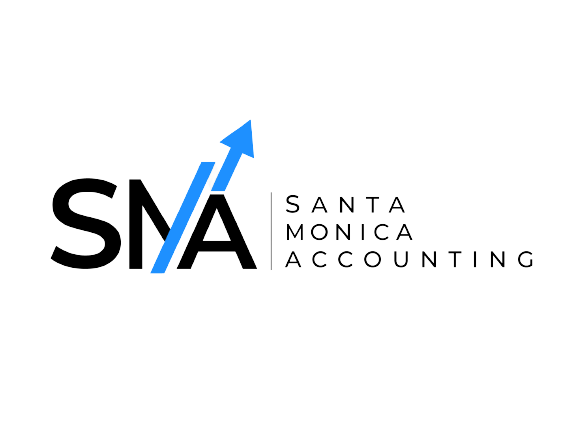In the world of business, extending credit to customers is a common practice. However, it comes with inherent risks assessing the creditworthiness of customers before granting credit is crucial for mitigating these risks and ensuring the financial health of the business. In this guide, we’ll delve into the various methods and tools businesses use to assess credit risk, including credit scoring models, credit reports, and the importance of robust credit policies.
| Why Credit Risk Assessment Matters? | At its core, credit risk assessment is about determining the likelihood that a customer will repay their debts. Without proper assessment, businesses face the potential of increased bad debts, cash flow problems, and even business failure. By assessing credit risk, businesses can make informed decisions about who to extend credit to, how much credit to offer, and at what terms. |
| Basics of Credit Scoring Models | Credit scoring models are tools used by lenders to evaluate the creditworthiness of individuals or businesses. These models analyze various factors such as payment history, credit utilization, length of credit history, and recent credit inquiries. Popular credit scoring models include FICO scores and VantageScore. While they may have differences, they all aim to predict the likelihood of default on credit obligations. Businesses can use credit scores as a quick way to assess risk and make decisions about extending credit, setting credit limits, and determining interest rates. |
| Leveraging Credit Reports | Credit reports provide a comprehensive overview of an individual’s or business’s credit history. They contain information such as personal details, credit accounts, payment history, inquiries, and public records. By obtaining and analyzing credit reports from credit bureaus like Experian, Equifax, and TransUnion, businesses can gain insights into a customer’s financial behavior and assess their creditworthiness. Key factors to look for in credit reports include payment patterns, outstanding debts, and any derogatory marks that may indicate credit risk. |
| Importance of Establishing Credit Policies | Clear and consistent credit policies are essential for managing credit risk effectively within a business. These policies outline procedures for assessing credit risk, setting credit terms, and managing collections. Elements of effective credit policies include credit application procedures, credit limits, payment terms, late payment penalties, and credit monitoring processes. By establishing well-defined credit policies, businesses can mitigate risks and ensure consistency in credit decision-making. |
| Best Practices for Credit Risk Assessment | Regularly review and update credit policies to adapt to changing market conditions, customer behavior, and regulatory requirements. Stay informed about changes in credit scoring models and incorporate them into credit risk assessment processes. Implement robust credit monitoring systems to detect early signs of credit risk and take proactive measures to mitigate potential losses. |
CONCLUSION
Credit risk assessment means figuring out how likely it is that someone won’t pay back what they owe. It’s really important for businesses because it helps them avoid losing money. They can do this by learning about different ways to measure credit risk, like using credit scores or reports. They can also make clear rules about who they’ll lend money to and how much. Following these steps helps businesses stay financially healthy.

Thank you for reading with SMA!
Seeking help with your bookkeeping and accounting?
We’re right here for you!
